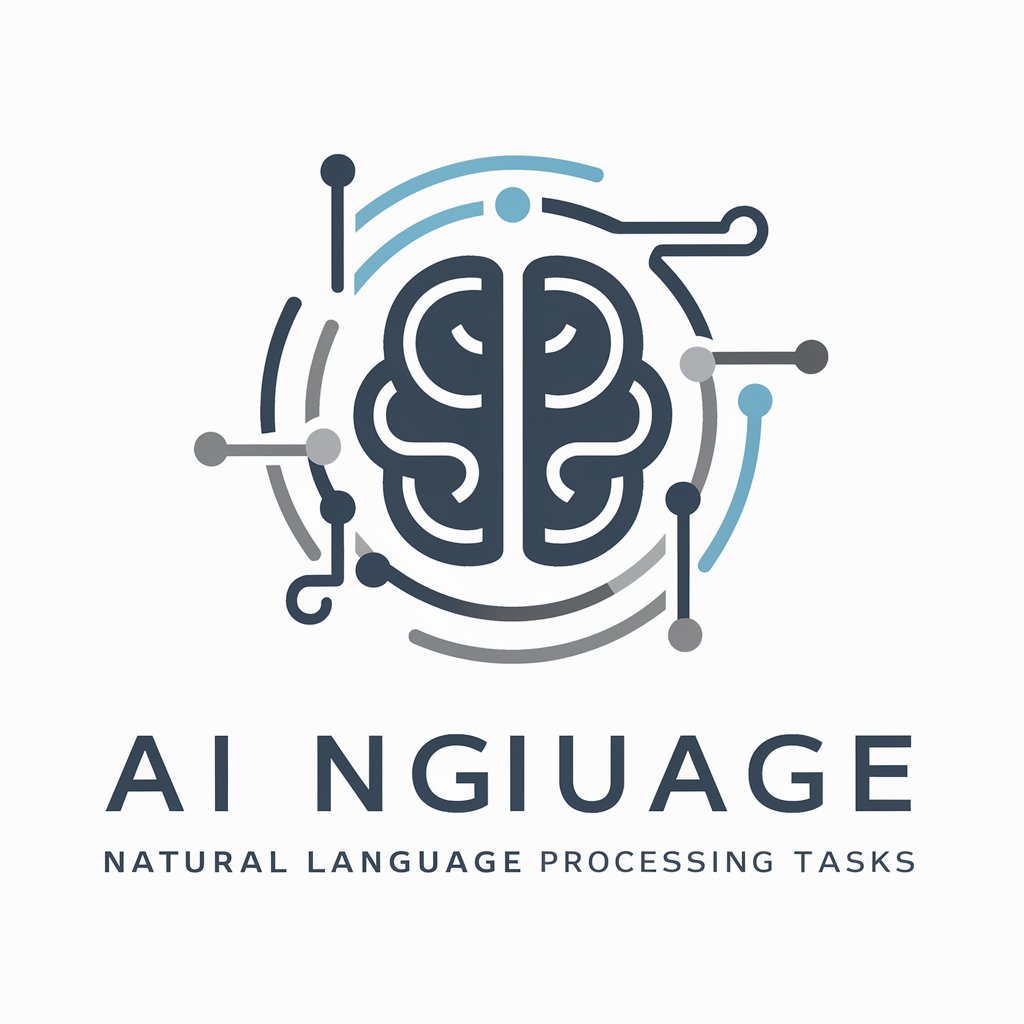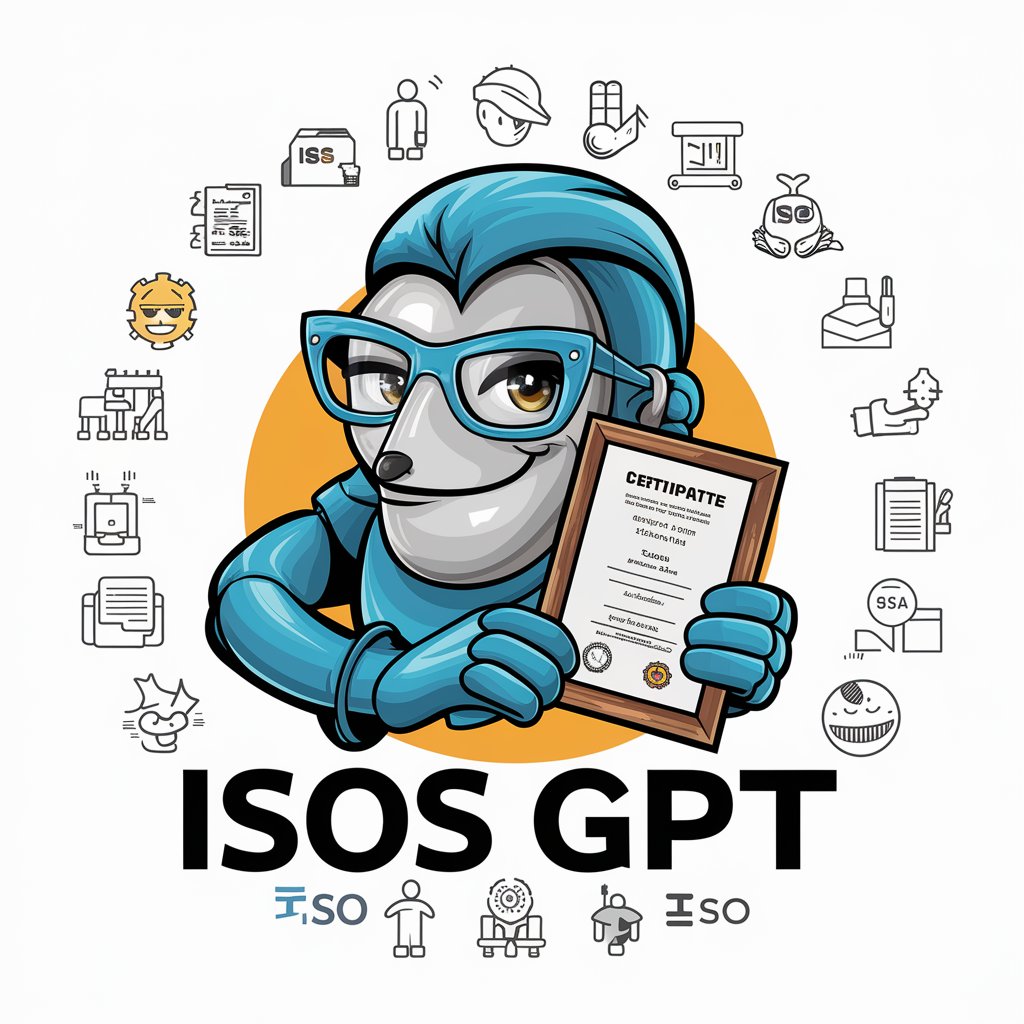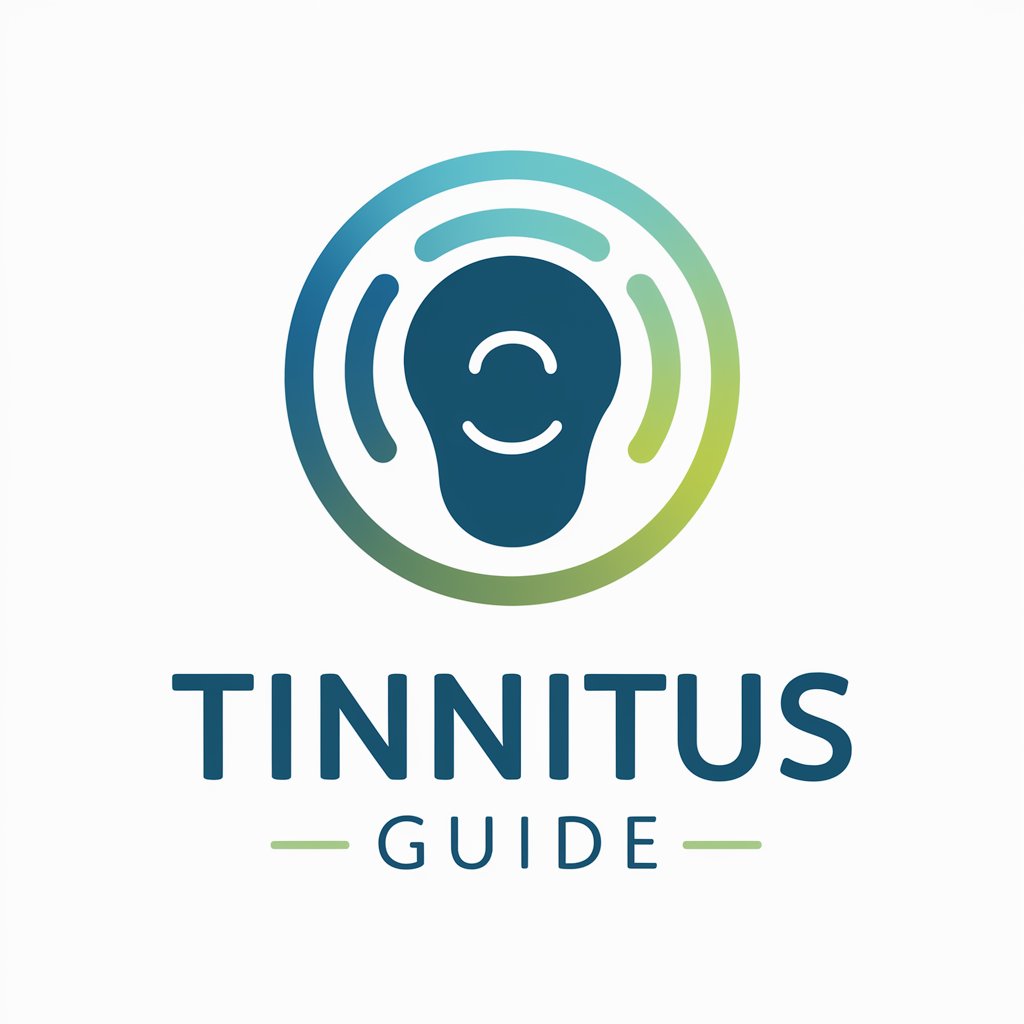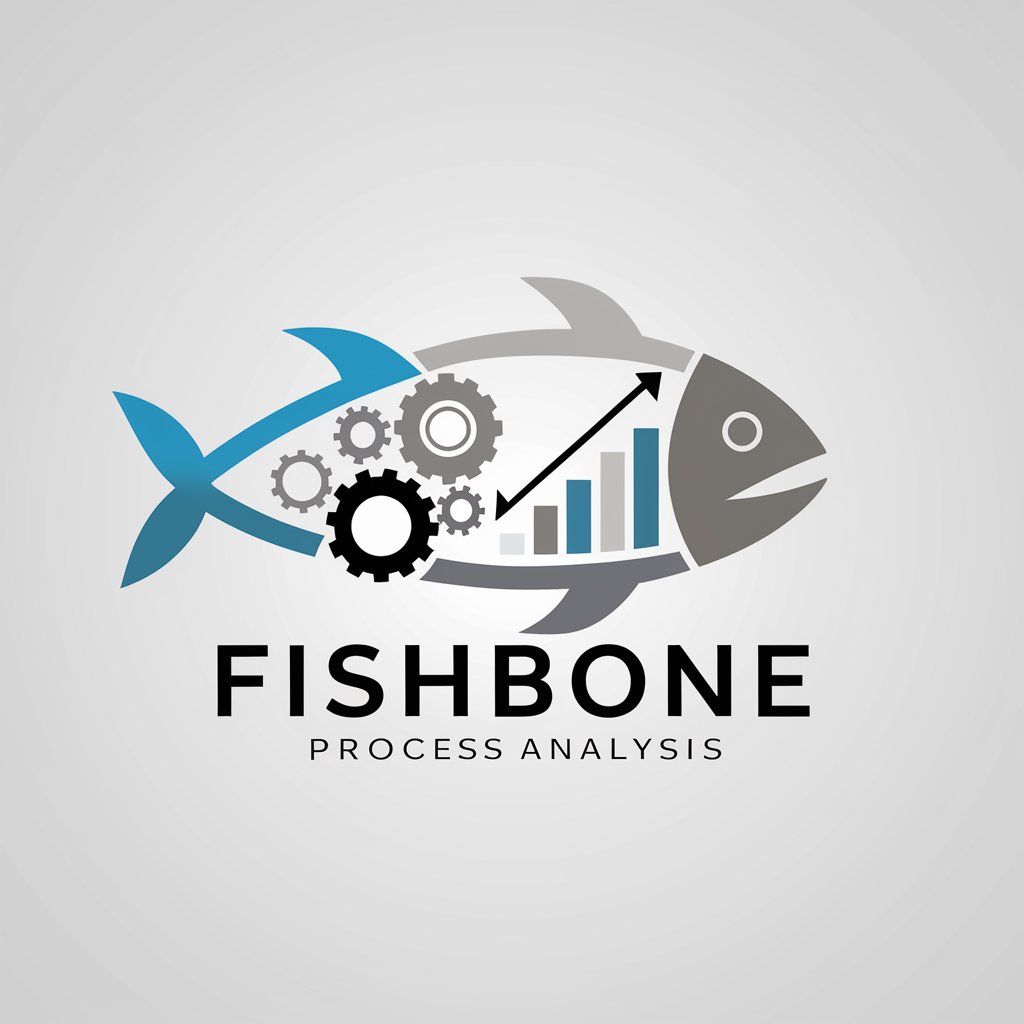Token Extractor - Text Analysis Tool

Welcome! How can I assist with your text analysis today?
Enhance text insights with AI-powered analysis
Analyze the significance of...
Extract the key themes from...
Identify the main arguments in...
Summarize the primary points of...
Get Embed Code
Overview of Token Extractor
Token Extractor is a specialized AI tool designed for natural language processing (NLP) tasks that involve text analysis and information extraction. Its primary function is to tokenize text input, categorize tokens by part of speech (such as nouns, verbs, adjectives, and adverbs), and apply algorithms like TF-IDF (Term Frequency-Inverse Document Frequency) to calculate the significance of each token within a given text relative to a larger corpus. For instance, in a scenario where a user inputs a lengthy research article, Token Extractor can break down the article into manageable pieces, identify key terms and their significance, thereby aiding in summarizing or extracting essential information. Powered by ChatGPT-4o。

Core Functions of Token Extractor
Tokenization and Part-of-Speech Tagging
Example
Input: 'The quick brown fox jumps over the lazy dog.' Output: ['The' (Determiner), 'quick' (Adjective), 'brown' (Adjective), 'fox' (Noun), 'jumps' (Verb), 'over' (Preposition), 'the' (Determiner), 'lazy' (Adjective), 'dog' (Noun)].
Scenario
Used in educational software to help students learn about parts of speech through interactive text analysis.
Weight Calculation Using TF-IDF
Example
Input: 'Quantum computing could revolutionize the way we solve complex problems.' Output: Weights assigned to terms like 'quantum', 'computing', and 'revolutionize' indicate their relative importance in the text.
Scenario
Beneficial in research environments where identifying key concepts within large datasets is crucial for effective data management and analysis.
Information Extraction
Example
Input: 'Apple Inc. announced its latest iPhone model in Cupertino today.' Output: Extracts key information tokens such as 'Apple Inc.', 'iPhone', 'Cupertino', and 'today'.
Scenario
Used by news aggregators to quickly pull out significant details from articles for brief news summaries.
Target User Groups for Token Extractor
Academic Researchers
Academic researchers benefit from Token Extractor by streamlining the extraction of relevant terms and their significance from extensive documents or literature, which aids in literature review and hypothesis formulation.
Content Creators and Marketers
Content creators and marketers can utilize Token Extractor to analyze key terms from their content or competitors', helping to optimize SEO strategies and better target audience engagement.
Educational Technologists
Educational technologists can incorporate Token Extractor into tools that assist students in understanding complex textual information through simplified breakdowns and interactive learning modules.

How to Use Token Extractor
Step 1
Visit yeschat.ai to start using Token Extractor without the need to sign in or subscribe to ChatGPT Plus.
Step 2
Choose the text analysis tool from the available options to access Token Extractor specifically for tokenizing text and identifying parts of speech.
Step 3
Input your text into the system. Ensure that the text is clear and unformatted to maximize the accuracy of the tokenization and analysis.
Step 4
Analyze the text to extract tokens and their corresponding parts of speech. Use the results to understand text structure or improve content development.
Step 5
Leverage the TF-IDF scores provided for each token to gauge their importance in the context of your text relative to a reference corpus.
Try other advanced and practical GPTs
Tras los Pasos de Isabel la Católica
Explore Isabel I's Era with AI

Primeros Pasos en IA
Empowering AI Mastery Through Interaction

LA HISTORIA QUE NECESITAS CONTAR
Crafting Personal Narratives, Powered by AI

CyberGuardian
Empowering Telecommunications Security

Fit Coach Rutinas y dietas
AI-powered Tailored Fitness and Diet Plans

Kyle Sabraw's Local SEO ReWrite Wizard
Revolutionize Your Content with AI-Powered SEO

ISOS GPT
Navigate ISO Standards with AI

Tinnitus Guide
AI-powered Tinnitus Insight and Support

Fishbone Diagram Creator
Unveil underlying issues with AI precision.

SolidJS & SolidStart Assistant
Empowering Development with AI Insight

AI Business Coach
Empowering Business Success with AI

Assistente de projetos elétricos CEMIG
Powering Compliance with AI

Detailed Questions & Answers on Token Extractor
What is Token Extractor and how does it function?
Token Extractor is a tool designed for text analysis that parses input text into tokens, categorizes them by parts of speech, and computes their importance using the TF-IDF metric. This analysis helps in understanding word significance based on usage frequency compared to a larger reference corpus.
Can Token Extractor handle texts in any language?
Token Extractor is primarily optimized for English. Its efficiency and accuracy in other languages depend on the complexity of the language and available linguistic resources within the system.
What are the benefits of using the TF-IDF algorithm in Token Extractor?
Using TF-IDF allows Token Extractor to identify and weigh tokens based on their relative frequency in a document versus their commonness in general language use. This is particularly useful for extracting meaningful keywords in SEO, academic research, and content creation.
How can Token Extractor aid in academic research?
In academic research, Token Extractor can help identify key terms, understand their distribution, and explore thematic significance across a corpus of texts, aiding in literature reviews, data analysis, and research paper writing.
What should users do if they encounter errors or inaccuracies in the tokenization process?
Users should ensure the text input is clean and well-formatted. They can also consult the help section for troubleshooting tips or contact customer support for assistance with specific issues related to text analysis or tool performance.
